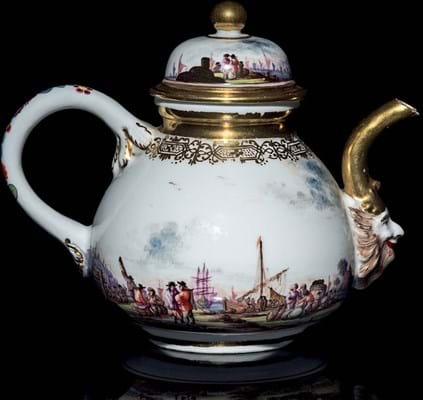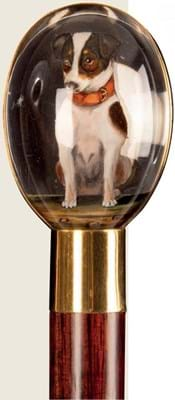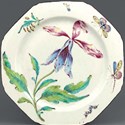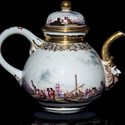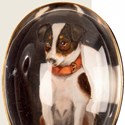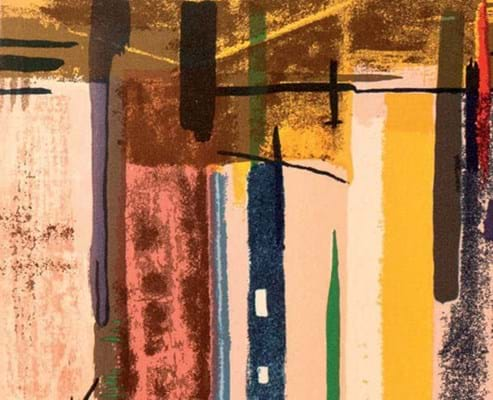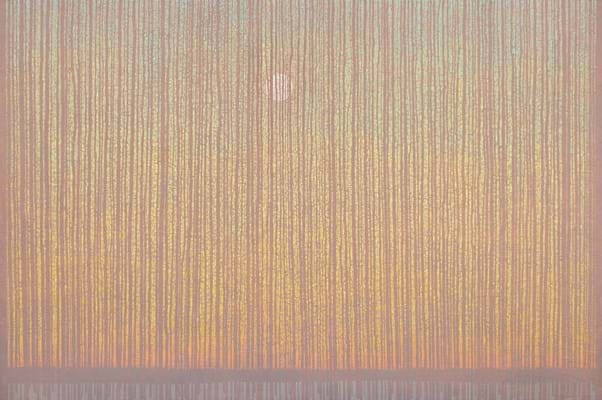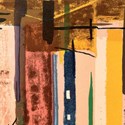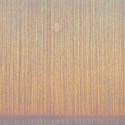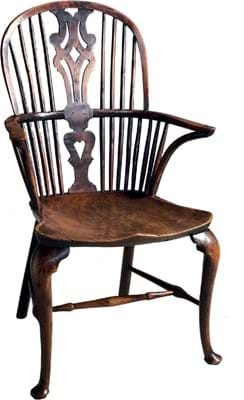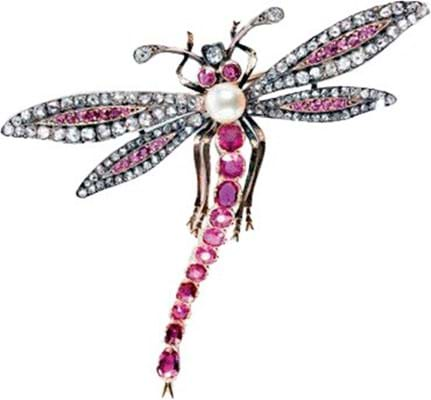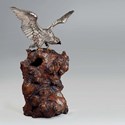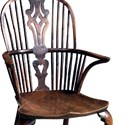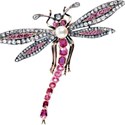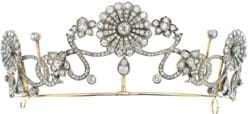At this month’s launch of The Open Art Fair (TOAF), owners Thomas Woodham-Smith and Harry Van der Hoorn seek to offer a relaxed and relevant event for buyers.
Woodham-Smith describes the venture in broad, positive concepts: “egalitarian”, “intimate”, “welcoming”.
“The big message is the word ‘Open’,” he says. “The O [in the branding] is open to indicate to people that there is no reason you can’t visit. It also sets us apart from BADA which is a very restrictive, closed world.”
Running from March 18-24 at Duke of York Square in Chelsea, London, it hosts 103 exhibitors offering traditional antiques and furniture as well as an assortment of Modern and Contemporary art.
TOAF essentially replaces BADA’s trade association fair, in which the organisers bought a majority share last autumn. It now hosts dealers from both in and outside BADA, with a view to attracting new buyers and sellers.
The initial announcement of the fair’s sale was met with chagrin from some longstanding BADA exhibitors, though most aimed their displeasure at what was viewed as a ‘secretive’ move on the part of the trade association.
Most dealers who have historically relied on a fair with this time slot have stuck with it. Despite the reshuffle, there is much of BADA still in evidence at the new event, which has been set up with the assistance of association members. Some 75% of dealers are previous BADA exhibitors.
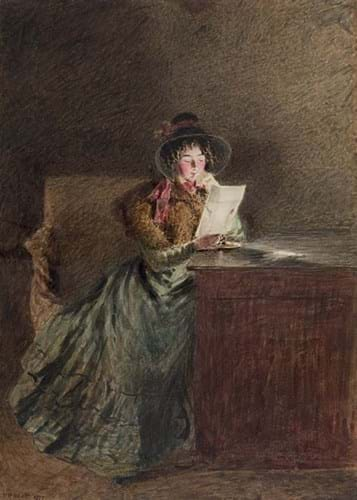
Among the works offered by British watercolours and drawings specialist Guy Peppiatt is a portrait by William Henry Hunt (1790-1864), an artist who influenced many other Victorian painters and watercolourists. 'Girl Reading a Letter by Lamplight' dates from 1827, a period when the artist began to change his technique as he focused more on still-lifes and candlelit scenes. These enamel-like watercolours drew many admirers, including John Ruskin no less. It was previously in the collection of Sir John and Lady Witt and was exhibited in an exhibition dedicated to the artist in 1981 that ran at the Wolverhampton Art Gallery and Museum, Preston Harris Museum and Art Gallery and Hastings Museum and Art Gallery. At 'TOAF', it is priced at £28,000.
Ringing the changes
While lofty values and back-end changes are important for organisers and exhibitors, these can sometimes be lost on or invisible to buyers. So how will changes to the venerable event affect visitors?
TOAF will be poised to achieve what the association had long struggled for: rapid modernisation without a loss of quality.
For one thing there is the supply of first-time exhibitors such as Alan Wheatley Art, Dutch dealership Dowes Fine Art and Atlas Gallery, a photography specialist. Also joining is Asian art dealer Joost van den Bergh, who will come straight from standing at TEFAF Maastricht. TOAF organiser Van der Hoorn also stands under the banner of Bla Bla Bla Gallery, counting a Banksy among his offerings.
Around 13 newcomers will show in the new Pioneer Section arranged around the café (now run by Caravan) at the back of the fair. Michael Baggott Antiques (see p41), Freya Mitton and Stephen Kalms Antiques are among them.
Vetting is still provided by BADA. “We want people to know that the label will be correct,” says Woodham-Smith, but he stresses that dealers have been encouraged to ring the changes in the selection of objects for sale. “We’re offering simple accuracy rather than old-fashioned standards.”

London dealership Sandra Cronan, which specialises in antique and vintage jewellery, will offer pieces by the manufacturers such as Cleef & Arpels and Cartier on its stand at 'The Open Art Fair'. It is also bringing a few jewels by Parisian haute joaillerie Mauboussin, a maker that specialised in striking and colourful Art Deco pieces such as this platinum and diamond Tutti Frutti brooch (top left) from c.1925. Designed as a potted tree with a ruby bird nesting within, set with carved emeralds and rubies with black enamel, it is priced at £56,000. A pair of Art Deco carved emerald, ruby and diamond clips, mounted in platinum, also by Mauboussin from c.1925, is offered for £67,000.
No private view
One major change is the loss of the private view, which the organiser dubs “a terrible misnomer”.
“It should be an opportunity for collectors and buyers to have a quiet, meditative, thoughtful go at buying, but nowadays they are the busiest day of the fairs, filled with everybody except people who want to buy.”
The floorplan has also changed so there is no main central aisle and dealers are generally grouped at smaller, regular intervals. It is this that Woodham-Smith believes will lend the fair a more intimate feel.
Organisers have worked to make TOAF one of the ‘greenest’ events in the capital – the carpet is recyclable and a firm has been hired to sort the rubbish – and have also taken measures to address the recent changes to anti-money laundering regulations.
All exhibitors will be sent an email outlining good practice before doors open while BADA’s Mark Dodgson provides a talk on the issue on the fair’s second day (March 19).
Ultimately the aim is to make TOAF a sustainable and profitable event. For BADA, the goal was the interests of its members over profit, but under the new regime the fair does need to make money. However, that is not the sole focus of this inaugural event. Instead, this staging is a chance for the organisers to feel out interested parties and problem solve before ploughing ahead with further changes (these could include more Continental exhibitors and a marquee expanded vertically upwards).
A lot of hard work is being done to secure the future of a smart spring fair in Chelsea. But, as usual, it’s all down to objects finding the right buyers.
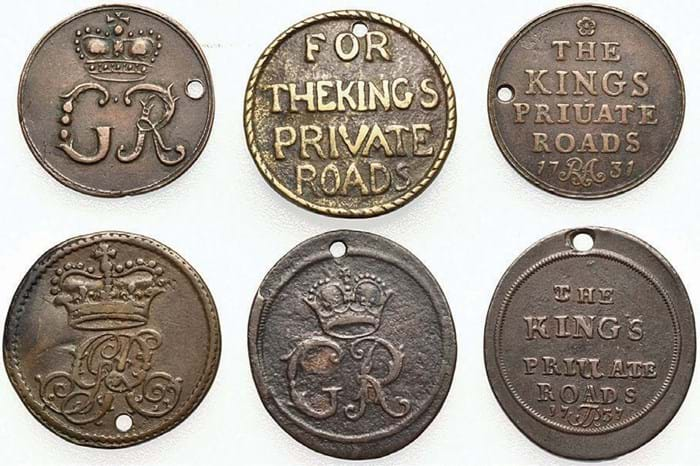
Of obvious local interest to a fair in Chelsea is this collection of bronze passes for the King’s Road brought by Timothy Millett. For two centuries, from the third decade of the 17th century until 1829, the primary route from St James’s Palace to Hampton Court was a private road. By 1711 it was in such poor condition that it was closed to local use until a scheme was put in place to pay £5 each to six gatekeepers. The annual maintenance fees were recouped by the issue, for a modest fee, of passes to local landlords, tenants and wagon owners. These six 18th century passes, each of them pierced for suspension, are variously priced between £200 and £385 each at 'The Open Art Fair'.
For more on TOAF, see our interviews with first time and returning dealers.



